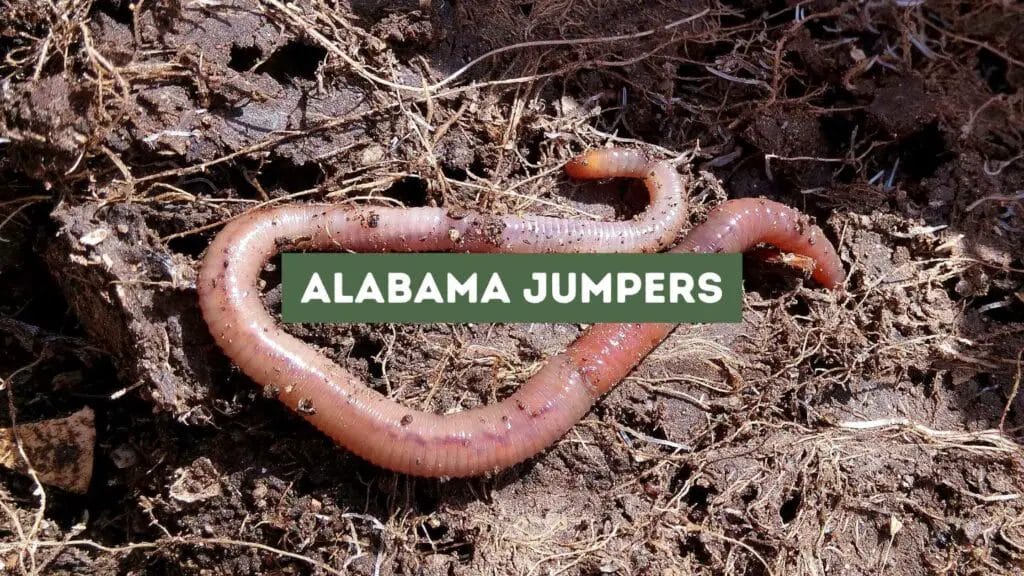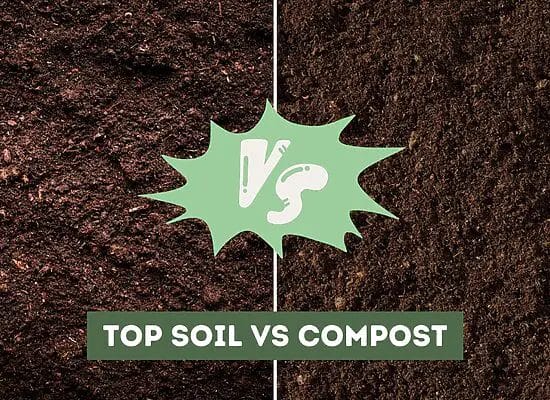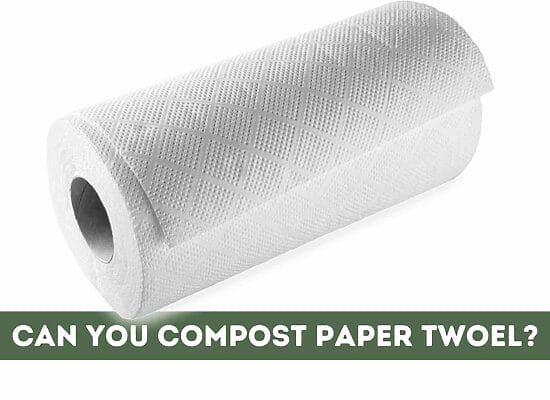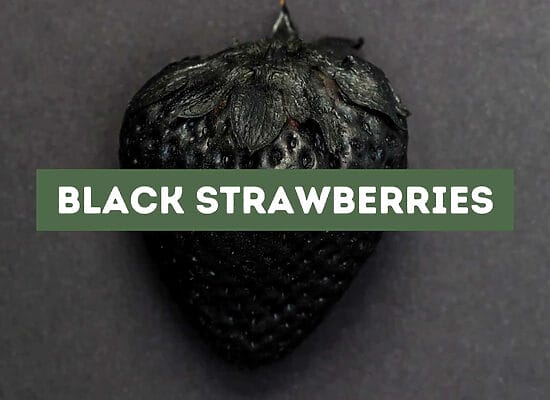
If you are a gardener or farmer, you may have heard of Alabama Jumpers, a type of earthworm native to the southeastern United States. These worms are known for their ability to burrow deep into the soil, leaving behind tunnels and casting that improve soil nutrition and drainage. While they can be a nuisance in gardens and yards, they also have the potential to be a valuable resource for those who know how to utilize them.
Alabama Jumpers prefer warm, wet soil and are most commonly found in the southern half of the United States. They are larger than other types of earthworms, with a reddish-brown color and a distinctive way of moving that gives them their name. When disturbed, they jump and move quickly, making them difficult to catch by hand.
If you are interested in raising Alabama Jumpers, it is important to understand their unique needs and habits, as well as the potential benefits they can offer to your soil and plants.
Key takeaways:
- Alabama Jumpers are earthworms native to the southeastern United States, known for their soil-burrowing ability.
- They enhance soil nutrition, drainage, and aeration through their tunneling and castings.
- Alabama Jumpers prefer warm, moist soil and are larger and more active than typical earthworms.
- They are not the same as composting worms and thrive in dirt, with the scientific name Amynthas gracilis.
- Their unique movement can make them appear erratic and are often mistaken for other species.
- They are excellent for gardening, aeration, and fishing bait due to their size and activity.
- Breeding, care, and responsible management are essential, as they can become invasive in some regions.
Understanding Alabama Jumpers
If you are looking for a unique and profitable addition to your garden, Alabama Jumpers may be just what you need. These worms are not your average earthworms. They are a type of tropical worm that prefers warm, wet soil and is most at home in the southern half of the United States.
Alabama Jumpers are known for their ability to burrow deep in the soil, leaving behind castings and tunnels that are beneficial for plants as they boost soil nutrition, drainage, and aeration. They are also known to be excellent decomposers, breaking down organic matter and turning it into nutrient-rich soil.
One important thing to note is that Alabama Jumpers are not the same as other earthworms commonly used in vermicomposting, such as Red Wigglers. Alabama Jumpers are a traditional earthworm rather than a composting worm. While they do consume decomposing materials in shallow places, they prefer to dwell in dirt and dig deep.
It is also important to note that Alabama Jumpers are sometimes referred to as “crazy worms” or “snake worms” due to their erratic movements. They are also sometimes confused with other species such as the Asian Jumpers or the Georgia Jumpers. However, the scientific name for the Alabama Jumper is Amynthas gracilis, and it is important to make sure you are purchasing the correct species.
When it comes to raising Alabama Jumpers, there are a few things to keep in mind. They require warm, moist soil with plenty of organic matter to feed on. They can be raised in containers or directly in the ground, but they will need protection from extreme temperatures.
Natural Habitat of Alabama Jumpers
Alabama Jumpers are native to the southeastern United States and are commonly found in forests and grasslands. They prefer moist, organic-rich soil with temperatures ranging from 70 to 80 degrees Fahrenheit (21 to 27 degrees Celsius). Sandy soil is also suitable for them, but they tend to struggle in packed soil or heavy clay.
These worms are burrowers and can dig up to six feet deep, which is why they are often found in leaf litter and other organic matter. They are known for their ability to consume large amounts of leaf litter, which helps to break down the material and enrich the soil.
While Alabama Jumpers are adaptable to a wide range of environments, they prefer to live in areas with minimal temperature swings. They are sensitive to direct sunlight, so it is important to keep them in a warm but shaded area.
When raising Alabama Jumpers, it’s crucial to mimic their natural habitat. This involves using an appropriate substrate like a blend of compost and leaf litter, while maintaining proper soil moisture.
Alabama Jumpers in Gardening
If you’re looking to improve your garden’s soil quality and boost your plants’ growth, adding Alabama Jumpers to your garden could be a great option. These worms are traditional earthworms, which means they prefer to dwell in the dirt and dig deep instead of staying shallow like red wigglers or other composting worms. However, they do come up to consume decomposing materials in shallow places, so many people use them for vermicomposting.
Alabama Jumpers are also great for aerating your garden soil. They create tunnels as they burrow, which allows air and water to penetrate deeper into the soil. This helps to prevent soil compaction and improves the overall health of your garden.
To introduce Alabama Jumpers to your garden, you can either purchase them from a worm farm or start your own colony. If you decide to raise them yourself, you’ll need to create a warm and moist environment for them to thrive. You can do this by creating a worm bin or using a compost ring in your garden. Keep the bin or ring warm but out of any direct sun as it can damage the worms.
When feeding your Alabama Jumpers, keep in mind that they typically consume beds of leaf litter (aka “duff”) and need a steady quantity of food. You can add your kitchen waste and yard waste to their bin or ring, and they’ll happily consume it. Just be sure to avoid adding any meat, dairy, or oily foods, as these can attract pests and create unpleasant odors.
Alabama Jumpers as Fishing Bait
If you’re looking for a reliable, effective fishing bait, Alabama Jumpers may be just what you need. These worms are not only easy to obtain and keep, but they also have a number of qualities that make them an excellent choice for anglers.
One of the most significant advantages of using Alabama Jumpers as fishing bait is their size. These worms can grow up to 8 inches long, making them an ideal choice for larger fish species. Additionally, they are incredibly active and will wriggle and squirm vigorously on a hook, making them even more attractive to fish.
Another benefit of using Alabama Jumpers as fishing bait is their hardiness. Unlike many other types of worms, these creatures can survive in a wide range of water temperatures and conditions. This means that you can use them in both freshwater and saltwater environments, and they will still perform well.
When it comes to using Alabama Jumpers as fishing bait, there are a few tips and tricks to keep in mind. For example, you should always use a hook that is appropriate for the size of the worm you are using. A hook that is too small will not be able to hold the worm securely, while a hook that is too large may prevent the worm from wriggling effectively.
Another tip is to use a fishing line that is strong enough to handle the weight of the fish you are targeting. Alabama Jumpers are relatively heavy worms, so you will need a sturdy line to keep them in place.
Breeding and Care for Alabama Jumpers
Breeding and caring for Alabama Jumpers can be a profitable venture if done correctly. These worms are not the average earthworm that you find in your garden, and they require specific conditions to thrive.
Breeding
To breed Alabama Jumpers, you will need a breeder bin with a bedding material of shredded paper or leaves. You can also add vegetable scraps, meat, roach manure, or other organic materials to the bedding to provide food for the worms.
It is essential to maintain a moist environment for the worms but avoid overwatering as it can lead to drowning. The ideal temperature range for breeding Alabama Jumpers is between 70 to 80 degrees Fahrenheit (21 to 27 degrees Celsius).
Alabama Jumpers are hermaphrodites, meaning they have both male and female reproductive organs. They can self-fertilize, but cross-fertilization can lead to healthier offspring.
Care
Alabama Jumpers have a healthy appetite and can consume a lot of organic material. It is essential to provide a steady quantity of food to maintain their growth and reproduction.
To care for Alabama Jumpers, provide a consistent environment with a steady supply of organic material for food. The bedding material should be kept moist but not overly wet.
Harvesting the worms can be done by sifting through the bedding material or using a worm harvester. It is important to handle the worms gently to avoid injuring or killing them.
Alabama Jumpers and Invasive Species Concerns
If you are interested in raising Alabama Jumpers, it’s important to be aware of invasive species concerns. Alabama Jumpers are native to Asia, and they have recently started to invade other countries like the United States. Invasive species can cause significant harm to the environment, and it’s crucial to take steps to prevent their spread.
In the case of Alabama Jumpers, they can have a significant impact on the soil ecosystem. They are known to consume large amounts of organic matter, which can lead to changes in soil structure and nutrient cycling. This can have negative impacts on plant growth and other soil organisms. Additionally, Alabama Jumpers can outcompete native earthworms, further disrupting the soil ecosystem.
In the United States, Alabama Jumpers have been reported in many states, including Wisconsin. It’s important to be aware of their presence and take steps to prevent their spread. This can include avoiding the use of Alabama Jumpers as bait, as well as taking care to clean equipment and dispose of bait properly.
Research is ongoing to better understand the impacts of Alabama Jumpers on the environment and to develop effective management strategies. If you are interested in raising Alabama Jumpers, it’s important to stay up to date on the latest research and management recommendations.
Commercial Aspects of Alabama Jumpers
If you’re looking to sell Alabama Jumpers, there are a few things to keep in mind. First, they are not as easy to raise in large quantities as some other types of worms, which can drive up the price. However, they are in high demand as bait worms, in vermicomposting, and for improving garden soil.
When selling Alabama Jumpers, it’s important to make sure they are healthy and well-fed. They should be kept in a closed worm system rather than a pass-through system. This will help ensure that they are not contaminated with other types of worms or pathogens.
One strategy for selling Alabama Jumpers is to target specific markets. For example, you could focus on selling to bait shops or gardening stores. You could also try selling directly to consumers at farmers’ markets or through online marketplaces.
In terms of pricing, Alabama Jumpers typically sell for around $30 to $50 per pound, depending on the market and the quantity being sold. Some sellers may offer discounts for larger orders.
When packaging Alabama Jumpers for sale, it’s important to keep them moist and cool. They should be packed in breathable containers such as cloth bags or plastic containers with holes.
FAQ: Alabama Jumpers
What are some types of worms found in Alabama?
Alabama is home to a variety of worms, including the Alabama Jumper, which is native to Asia but now populates large sections of North America. Other types of worms found in Alabama include the Red Worm, European Nightcrawler, and African Nightcrawler.
How do you raise Georgia Jumper worms?
Georgia Jumper worms, also known as Alabama Jumpers, are raised in moist dirt and prefer temperatures in the 70 to 80-degree range. They typically consume beds of leaf litter and need a steady quantity of food. To raise them, keep your bin warm but out of any direct sun as it can damage the worms.
What impact do jumping worms have on forest ecosystems?
Jumping worms, also known as Asian Jumpers, are an invasive species native to eastern Asia. They contribute to major forest ecosystem disturbance and negatively impact soil structure, reducing plant growth.
What are some concerns about invasive worms?
Invasive worms, such as jumping worms, can outcompete native earthworms and alter soil nutrient cycling. They can also negatively impact forest ecosystems and reduce plant growth. It is important to prevent the spread of invasive worms by not transporting soil or plants that may contain their eggs or cocoons.
What is the size of Alabama Jumpers?
Alabama Jumpers can grow up to 6 inches (15.2 cm) in length and are typically thicker than other types of worms found in Alabama.
How do jumping worms differ from regular earthworms?
Jumping worms have a more aggressive feeding behavior and can consume large amounts of leaf litter, leading to changes in soil structure and nutrient cycling. They also reproduce asexually, which can lead to rapid population growth. Earthworms, on the other hand, have a more passive feeding behavior and typically consume soil and organic matter. They reproduce sexually and have a slower population growth rate.












